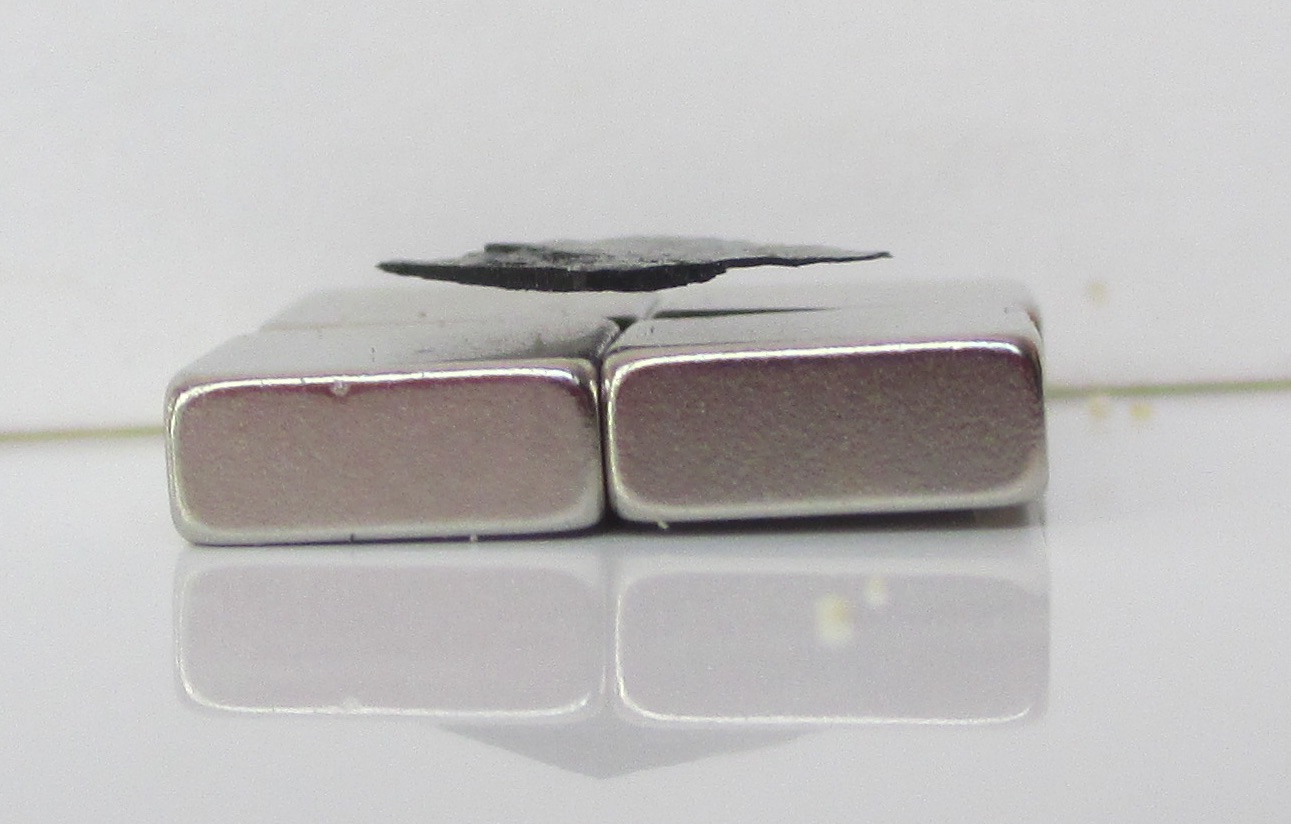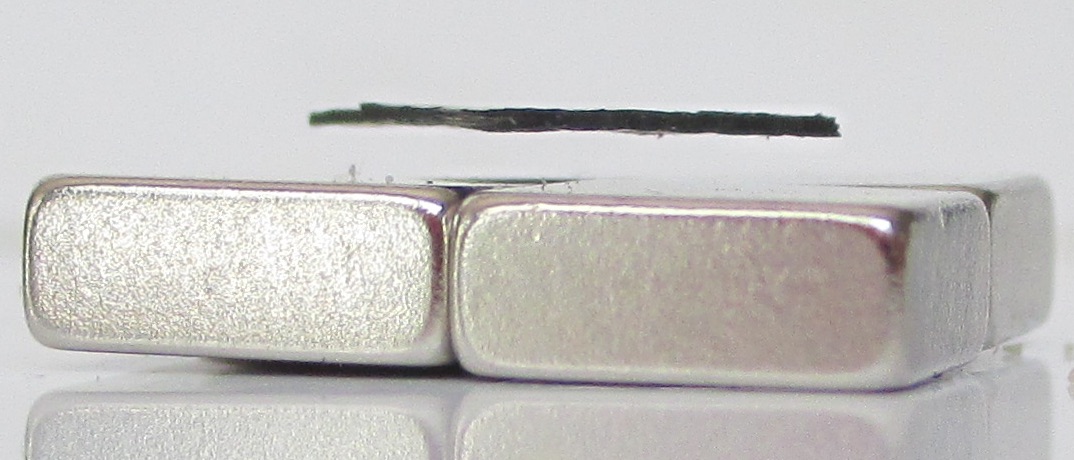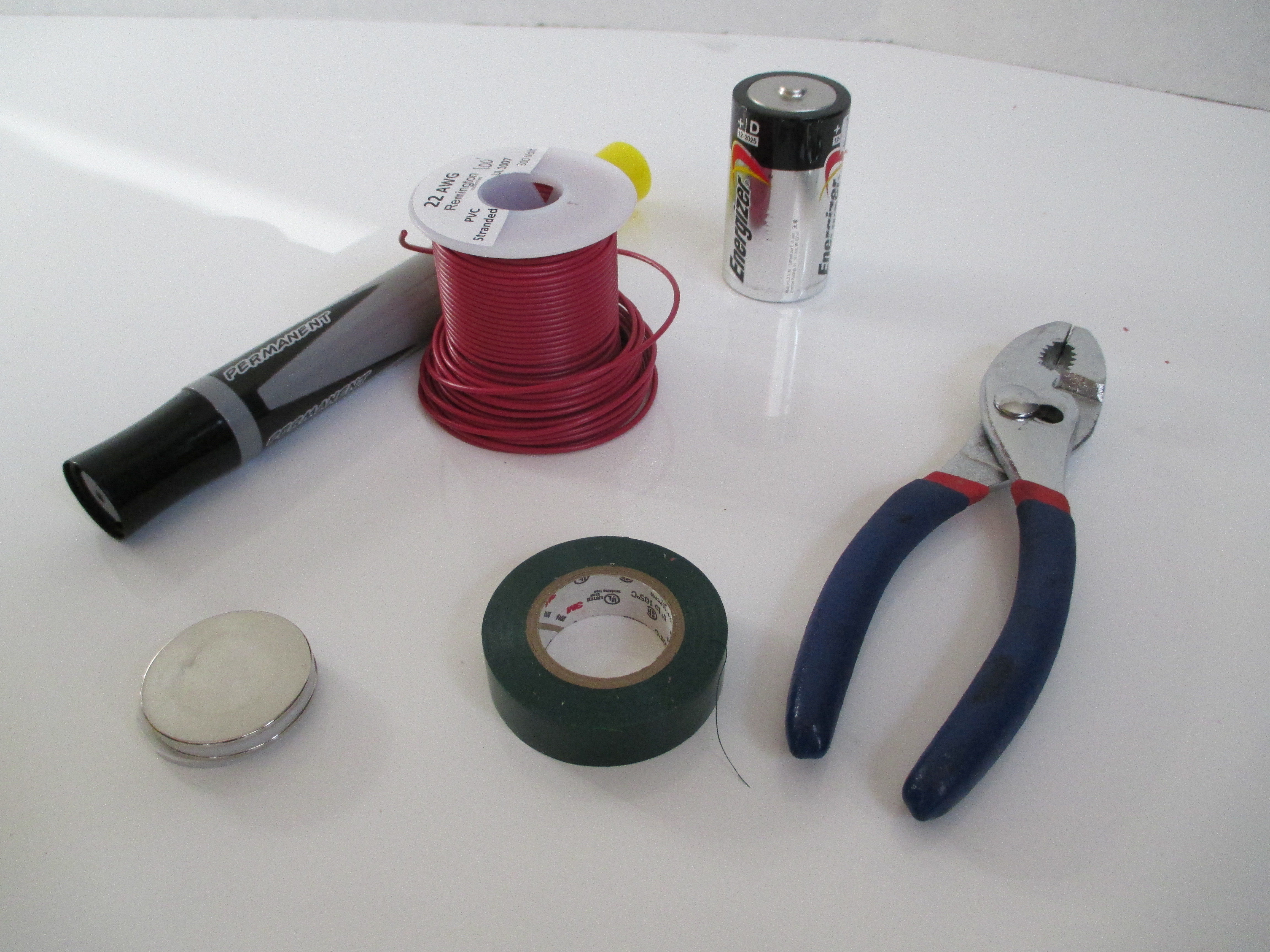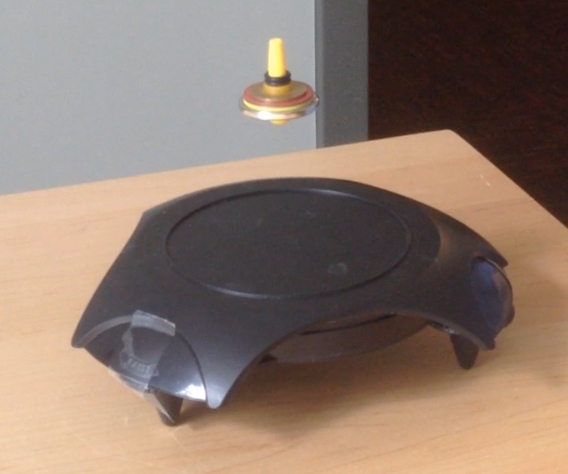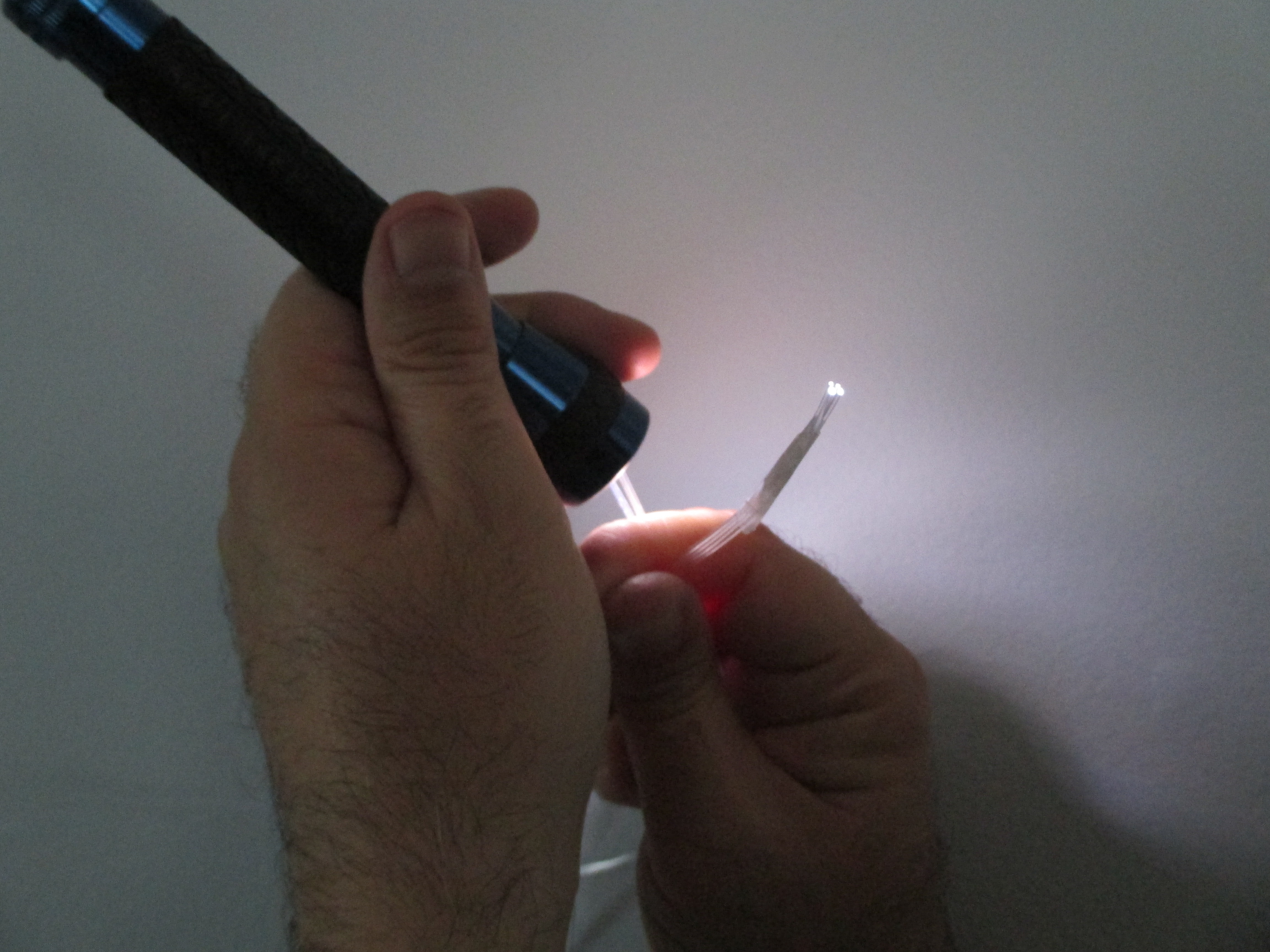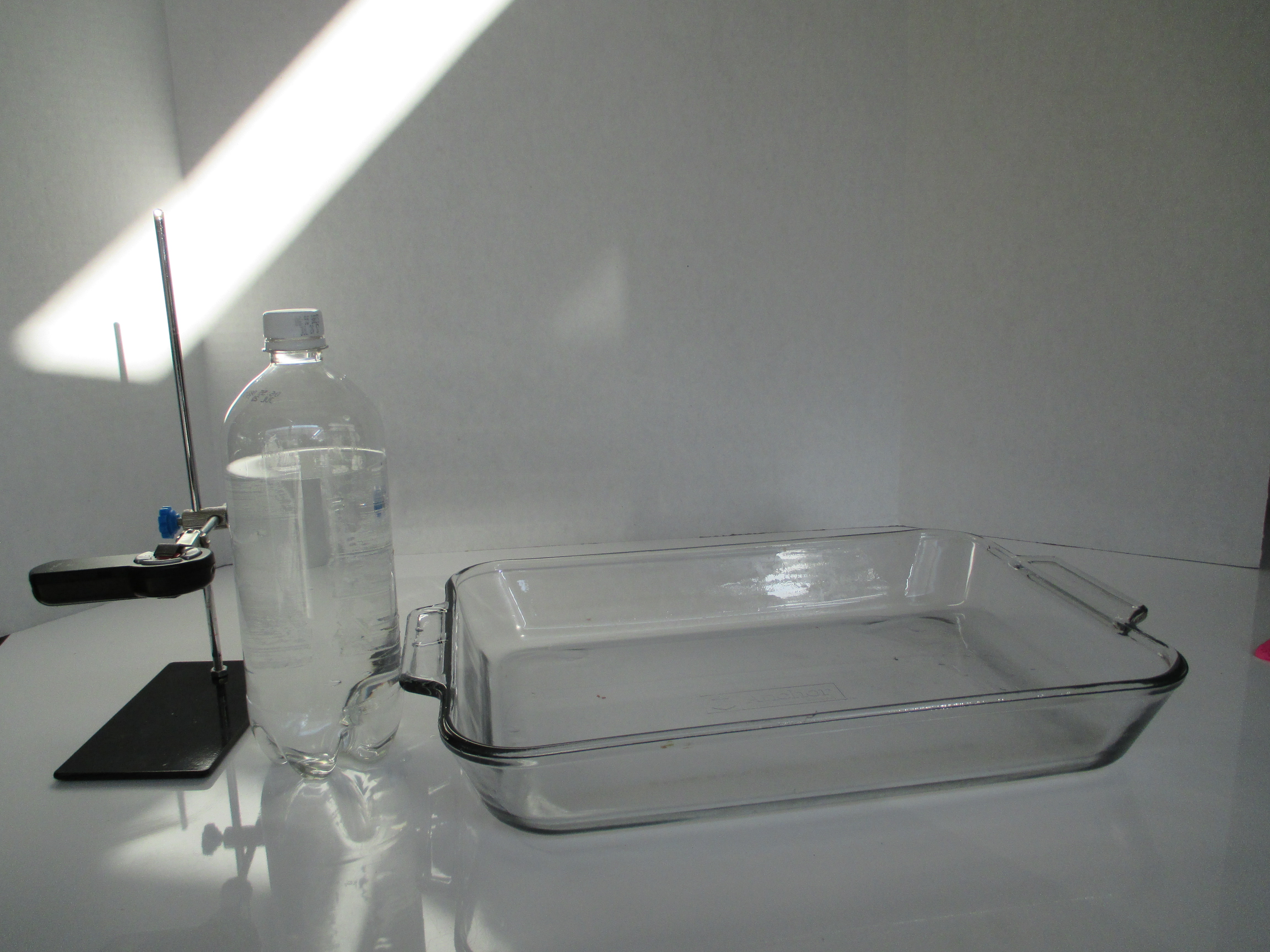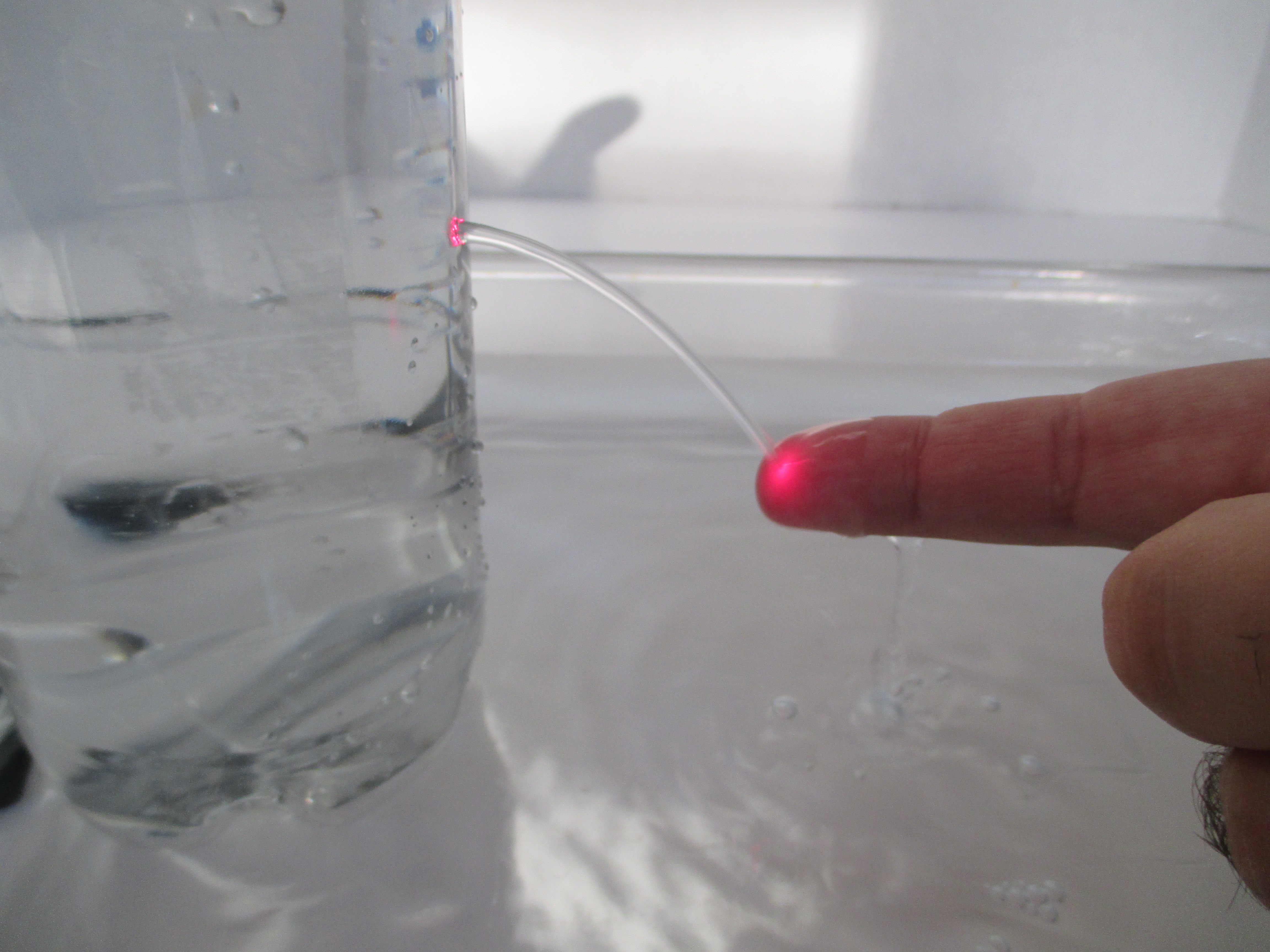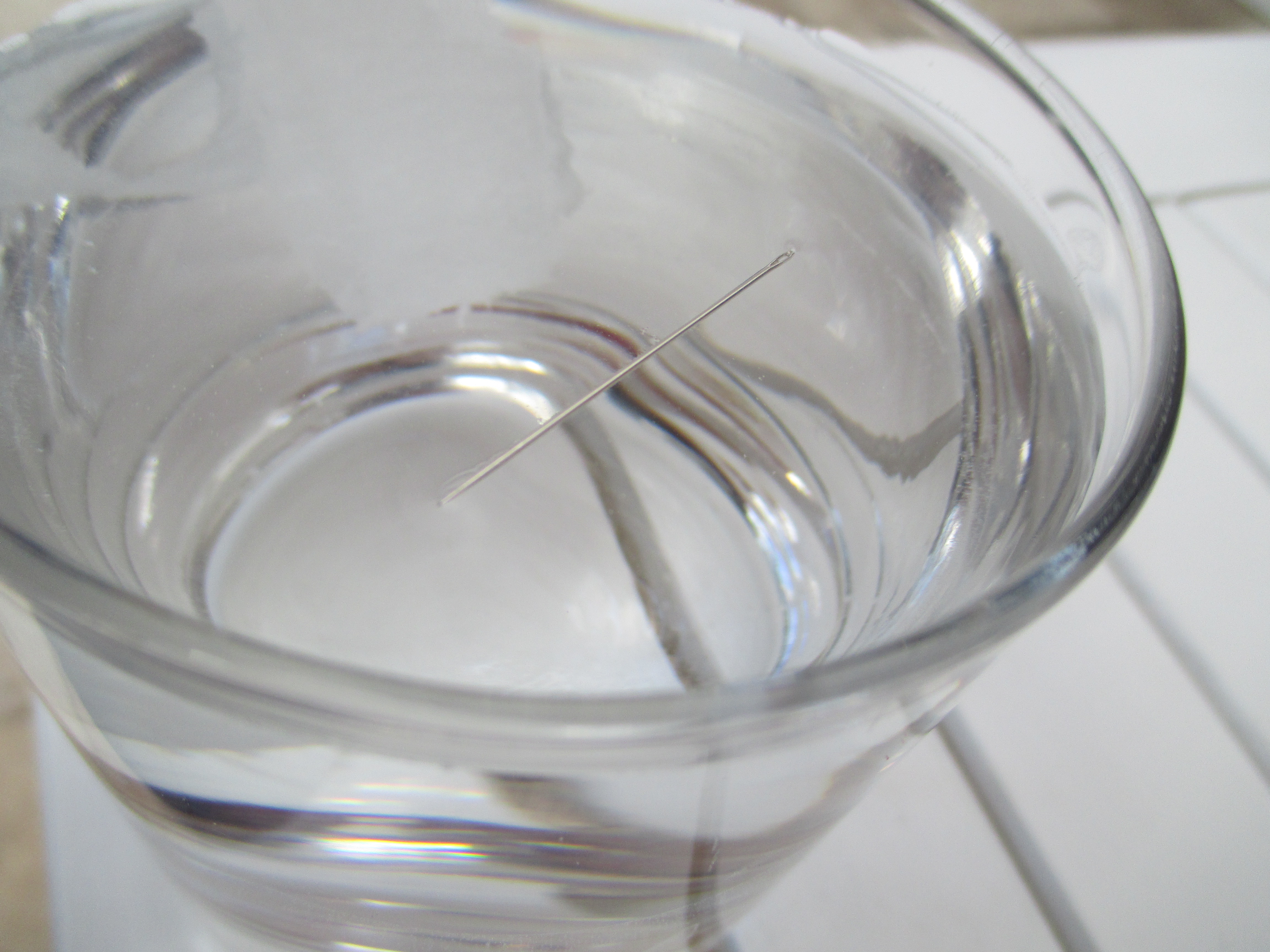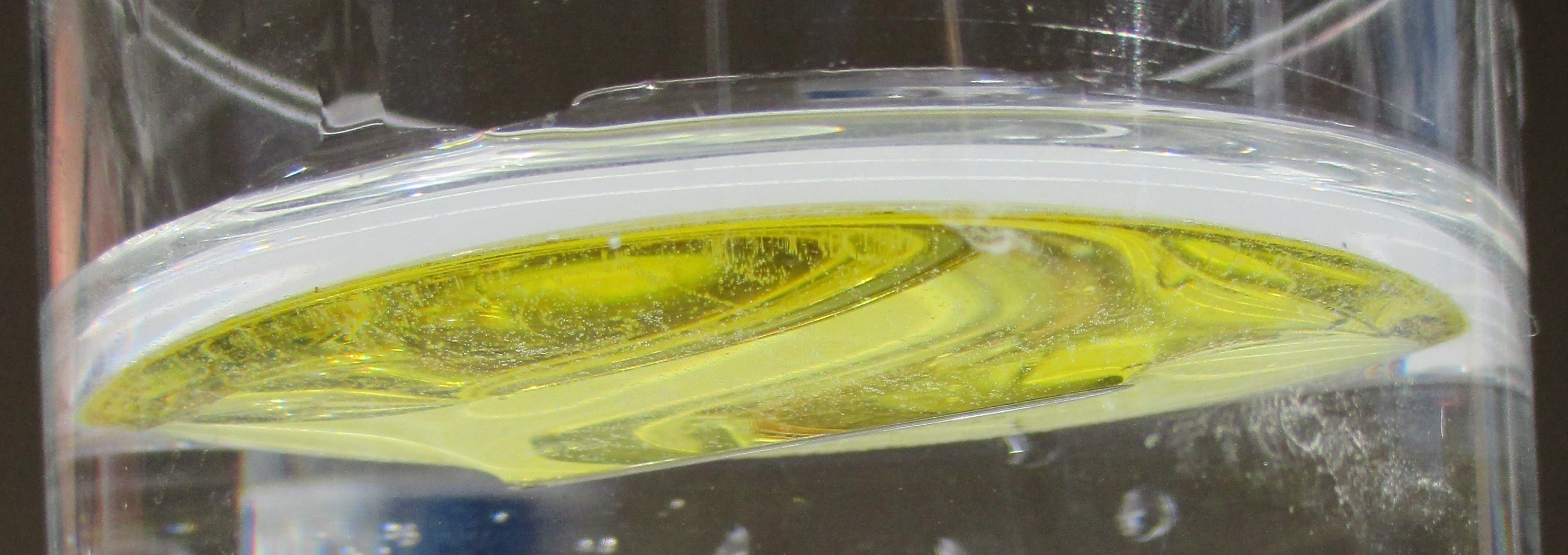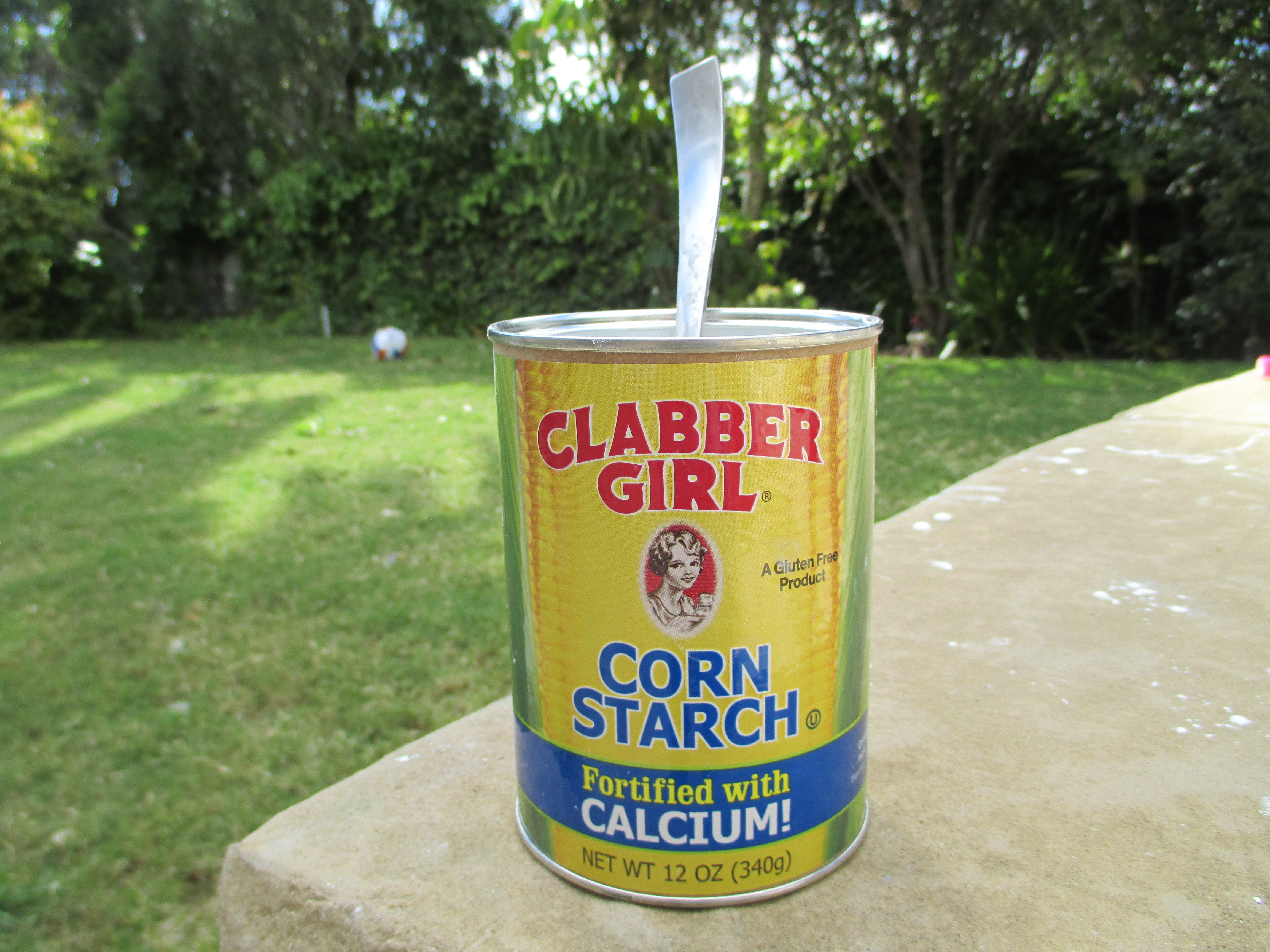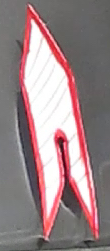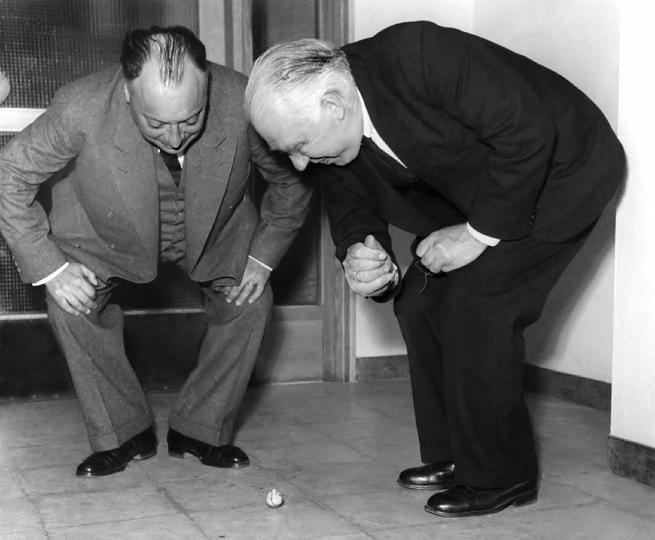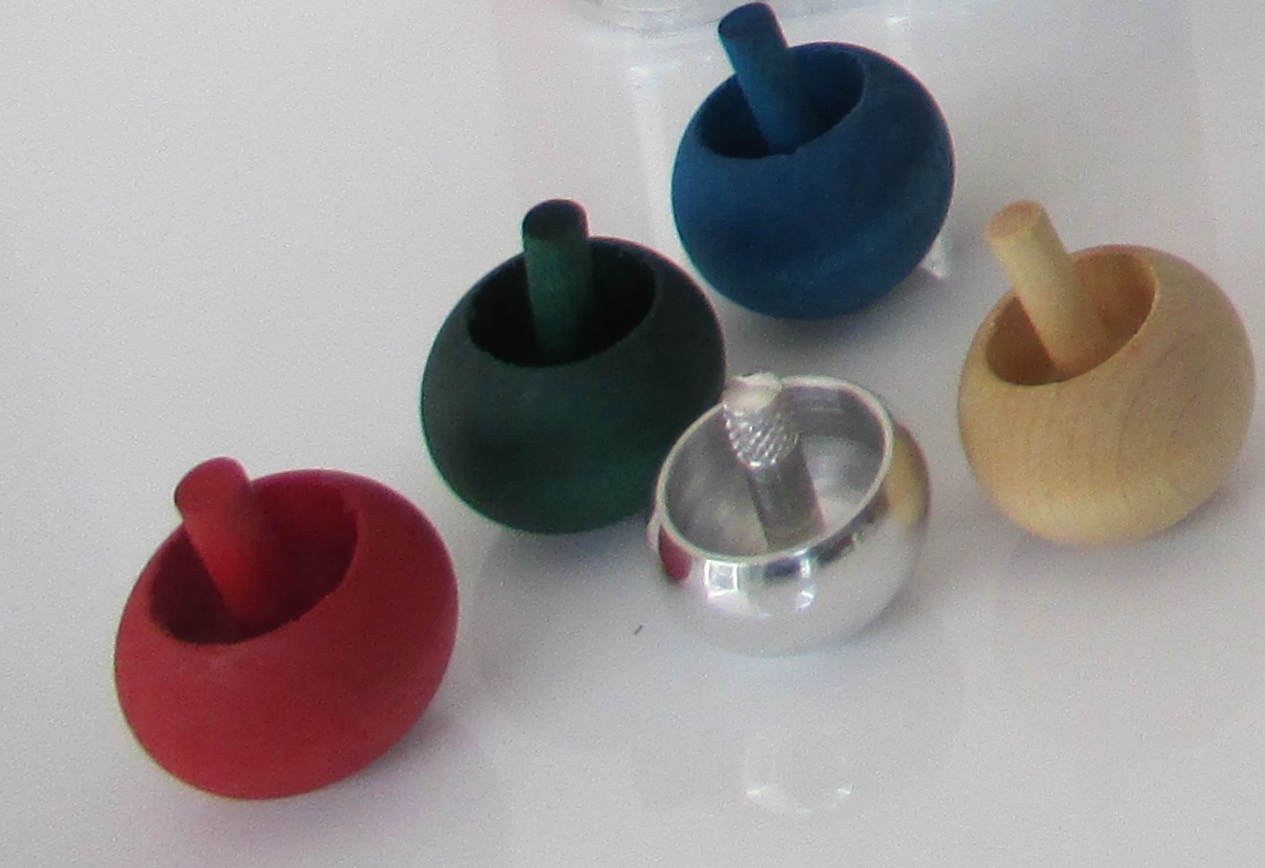Physics Briefcase
|
This is a growing list of Physics
demonstrations designed to introduce physics concepts.
Most of the demonstrations are suitable for a wide
audience: K-12 students, college students, and the
general public.
The demonstrations are designed to be portable: a set
of demonstrations from the list should easily fit in
the trunk of the average car. In addition, most
demonstrations are designed so that when done in a
class environment the students should be able to set
up and perform the demonstrations themselves with guidance from
the instructor.
|
| Level |
Level (K, 1st
grade,.., College) at which the Demonstration can be
executed safely and be enjoyable for the audience. |
| Conceptual
Level |
Level (K, 1st
grade,.., College) at which the concepts underlying the
demonstration can be conveyed to the audience. This is
mostly relevant when using the demonstrations in a
classroom environment. |
| Warnings |
Possible hazards
related to setting up, carrying out, the demonstration. |
| Subject |
General physics area
relevant for the demonstration. |
| Key
concepts |
Key ideas, laws,
principles, the demonstration aims to illustrate. |
| Participatory
level |
We classify the
demonstrations in two groups: Instructor-Participants,
Instructor-only. Instructor-Participants demonstrations
are ones for which multiple stations can be set
up easily to allow the participants to execute the demonstration
along the instructor. Instructor-only demonstrations are
ones that for safety, cost, or complexity
should be performed only by the instructor |
| Setup time |
Time to set up the
demonstration |
| Total time |
Time required to set
up and perform the demonstration |
| Difficulty |
Difficulty level
from 1 to 5 (1 very easy, 5 very difficult) to setup and
carry out successfully the demonstration. |
| Materials |
List of necessary materials. |
| Note |
Reccomendations, tips. |
| Cost |
Estimated cost per
station (2016 dollars). In most cases some of the
materials can be reused reducing the total cost. |
|
List of Demonstrations
This demonstration is intended to introduce the concept of diamagnetism, i.e. the property
of some materials to have the tendency repel external magnetic fields.
The demonstration is quite entertaining and should be engaging for students of all grades.
However, the concept of diamagnetism requires some background in magnetism to be fully appreciated.
In addition, care should be taken in preventing young students from mishandling the small powerful magnets.
By building a simple dc electric motor the demonstration aims to show the principles of
electromagnetism in action. In particular it offers the opportunity to introduce/review
Faraday's law and
Lorentz force.
The levitron is another demonstration of the principles of
electromagnetism and
ferromagnetism.
This demonstration well complements the Levitating graphite one.
Prof. Seth Aubin demonstrating the use of the Levitron.
This demonstration is a very simple way to show the principles on which
waveguides and
fiber-optics work.
The instructor can begin the demonstration by showing
how a fiber-optic cable can guide the light of a flashlight or laser around corners
(see picture above). This motivates the discussion of how the fiber optic can
guide light and provides a good segway to move to the main part of the demonstration.
This demonstration is
intended to introduce the concept of surface
tension of a fluid. After filling the cups with
water the students are instructed to place a
sewing needle on the water's surface. Without proper
care and instructions on how to place the needle,
the needle will fall at the
bottom of the cup. After this the students are
instructed to carefully place a small piece of
paper towel on the water surface and then place the
needle on it. After
few seconds the small piece of paper towel will
soak enough water to fall at the bottom of the cup
leaving the needle on the surface held
in place by the water's surface tension. The second part of the
demonstration consists in pouring some cooking oil
on top of the water. Water and oil don't mix, the
oil will form a layer on top of the water. We
then gently place the needle on the surface of the
oil. The needle
will easily drop through the oil, however,
most of the times, it will not fall trhough
the water. The resaon is that the viscosity
of the oil slows the needle enough to place it
gently on the water surface where it is
held in place by the water's surface tension.
This part of the demonstration also shows the
oil has a lower surface tension than water. The oil
layer on top of the water also allows to
clearly see the bending of the water surface
caused by the needle when looking at the glass
from the side (see picture above).
This demonstration is intended
to explain the difference between Newtnonian fluids,
for which the viscosity only depends on the
temperature, and non-Newtonian fluids for wich the
viscosity depends also on other parameters such the
pressure. It can be a good idea to pair this
demonstration with the "Floating
needle" one to explain the different
mechanisms that explain the resistance that fluids
exert on entering objects.
This demonstration is intended
to show how the surface tension of a liquid can be
disrupted by a surfactant.
The concept of surface tension can be introduced
using the "Floating needle" demonstration.
The Tippe top (or flip top) is a classical and easy demonstration
whose full explanation has been fascinating physicist for a long time.
|
